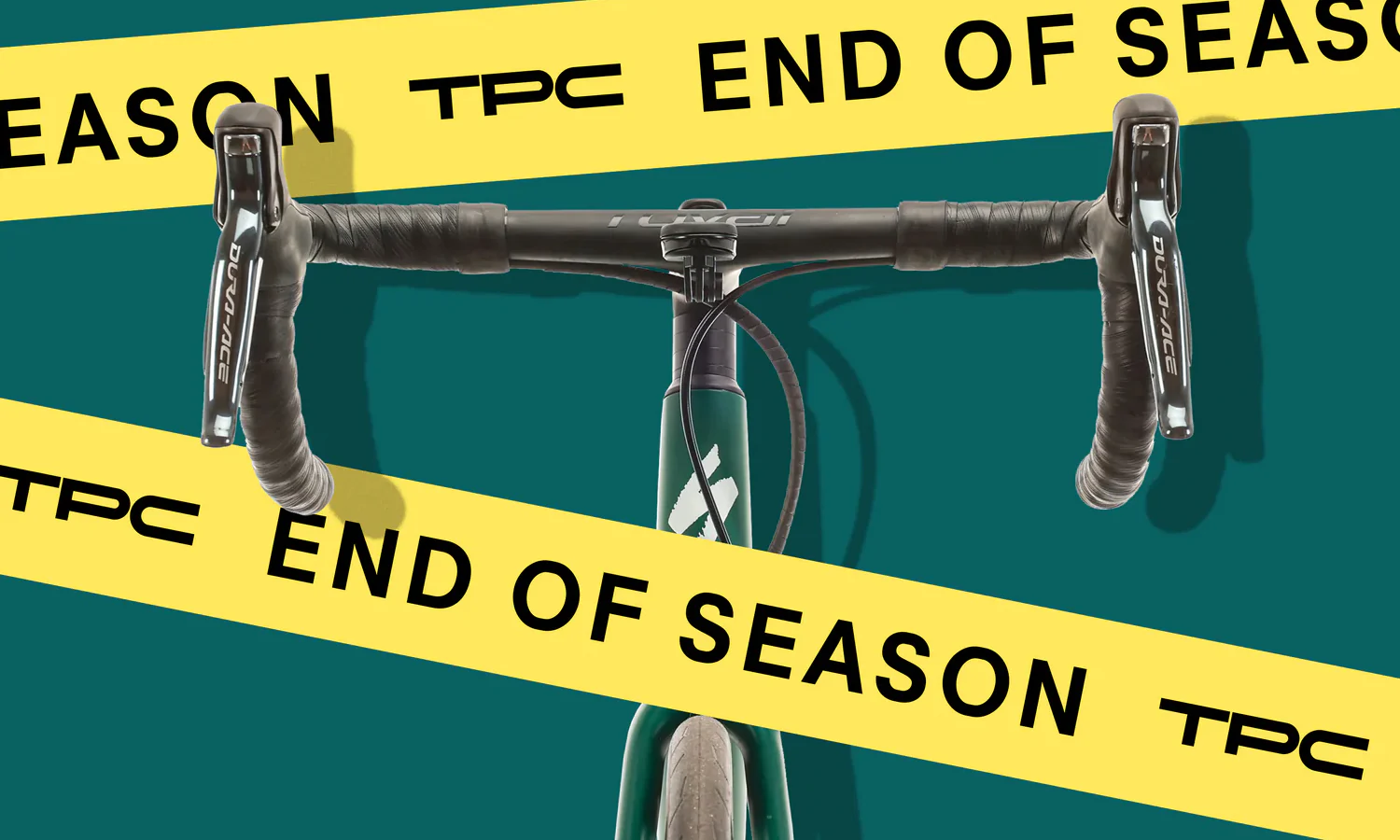Since TPC specializes in servicing and selling used bikes and used frames, we encounter nearly every bottom bracket standard around. To make it quick and easy for our mechanics, merchandisers, and Ride Guides to identify what bottom bracket a frame is designed to accept, we made some handy diagrams for them to reference. Here’s our simple guide to the slew of bottom bracket standards found on most modern bikes.
Bottom Bracket Standards:
BSA / English Threaded

BSA has been around for over 100 years. It is also commonly referred to as an “English” bottom bracket or sometimes it will be referred to simply as “threaded.”
Recently, more and more bike manufacturers have been returning to the BSA threaded bottom bracket standard because servicing and replacing bottom brackets is a lot simpler, especially for home mechanics.
BSA/English vs. Italian & French & Swiss Bottom Brackets
Over the last century, the other major competing threaded bottom bracket standards were Italian, French, and Swiss threaded bottom brackets:
- Italian BBs use a wider 70mm shell width, 36mm x 24TPI threads, and the non-driveside uses a standard thread (clockwise to tighten) rather than a reverse thread. It’s generally found on older Italian frames but a few modern ones still use it (e.g., Pegorettis).
- French BBs use 35x1mm metric threads and the non-driveside uses a standard thread (clockwise to tighten) rather than a reverse thread. They are generally only found on vintage French frames.
- Swiss BBs use 35x1mm metric threads but the non-driveside uses a reverse thread. I've actually never seen one!
BB30
 BB30 was the first widespread press fit style bottom bracket standard to proliferate throughout the industry. Bearings are pressed directly into the frame rather than into cups which are then threaded into the frame. This provided a few purported advantages:
BB30 was the first widespread press fit style bottom bracket standard to proliferate throughout the industry. Bearings are pressed directly into the frame rather than into cups which are then threaded into the frame. This provided a few purported advantages: - Decreased Q-factor
- Increased efficiency due to stiffer 30mm diameter crank spindles
- Simplified frame manufacturing
Tolerances between the BB shell in the frame and the bearings have to be very good to prevent creaking (the major complaint with press fit BBs) and it can be harder for home mechanics to service and replace as installing bearings requires a bearing press.
The majority of bottom bracket designs released since BB30 are also press fit, and they are generally designed to accept different crank spindle designs or alleviate issues with manufacturing tolerances and creaking.
Cannondale BB30a
BB30a is found on Cannondale frames which use an Ai-offset rear end. Because the rear end is offset to the driveside by 6mm, the bottom bracket compensates by adding additional width to the BB shell. It requires an Ai-compatible crankset which will have a longer spindle.
BB30 vs. Specialized OSBB
Specialized uses “OSBB” (oversized bottom bracket) on many bikes. This can be confusing because in some cases, OSBB is slightly different than BB30, but in most cases, it’s essentially the same. OSBB frames will use BB30 cranks:
- Original OSBB used a narrower 61x46mm BB shell with bearings in a plastic insert (similar to PF30) pressed into the frame. This is found on Specialized carbon frames from 2011-2014 like the Venge, Tarmac SL4, Roubaix, and Shiv.
- If a Specialized carbon frame has aluminum inserts for the bearings (or the frame is aluminum), then it’s essentially the same as BB30, but Specialized will still call it “OSBB” (hence the confusion). The only major difference is OSBB often uses an integrated lip instead of removable circlips to retain the bearings. This is used on bikes like the Allez, Allez Sprint, and Tarmac SL6. If a Specialized OSBB frame is 2015 or later, chances are good it will need a standard BB30 bottom bracket.
BB86 / BB92 / PressFit PF41
 BB86/92 is a press fit standard designed for traditional 24mm crank spindles like Shimano Hollowtech II and SRAM GXP. The bearings are contained in plastic cups, which are pressed into the frame. This design was intended to account for differences in manufacturing tolerances and reduce creaking.
BB86/92 is a press fit standard designed for traditional 24mm crank spindles like Shimano Hollowtech II and SRAM GXP. The bearings are contained in plastic cups, which are pressed into the frame. This design was intended to account for differences in manufacturing tolerances and reduce creaking.
BB90
 BB90 is similar to BB30, but it’s designed for traditional 24mm crank spindles like Shimano Hollowtech II and SRAM GXP and it doesn’t use removable retaining clips.
BB90 is similar to BB30, but it’s designed for traditional 24mm crank spindles like Shimano Hollowtech II and SRAM GXP and it doesn’t use removable retaining clips.
PressFit PF30
 PF30 uses bearings contained in plastic cups, which are pressed into the frame. This design was intended to account for differences in manufacturing tolerances and reduce creaking.
PF30 uses bearings contained in plastic cups, which are pressed into the frame. This design was intended to account for differences in manufacturing tolerances and reduce creaking.
Cannondale PF30a
PF30a is found on Cannondale frames which use an Ai-offset rear end. Because the rear end is offset to the driveside by 6mm, the bottom bracket compensates by adding additional width to the BB shell. It requires an Ai-compatible crankset which will have a longer spindle.
BBright Press Fit / Direct Fit
BBright Press Fit is similar to PF30 but it is asymmetric with a wider shell width to allow designers to produce wider and stiffer frame tubes. It is exclusive to Cervelo frames (though some older Factor models — e.g. the Factor One — use of BBright).
BBright bottom brackets work with PF30 bottom brackets and require a BBright-compatible crankset, but other crankset options (e.g. Shimano Hollowtech II) will also work with the appropriate BBright bottom brackets.
 BBright Direct Fit is a variant of BBright that uses BB30 bearings pressed directly into the frame. It is less common than the press fit variant and is best known for being used on the R5ca.
BBright Direct Fit is a variant of BBright that uses BB30 bearings pressed directly into the frame. It is less common than the press fit variant and is best known for being used on the R5ca.
386/392 EVO
 386/392 EVO (sometimes called BB386 or BB392) is similar to PF30 but uses a wider shell width. It requires a 386/392 EVO-compatible crankset.
386/392 EVO (sometimes called BB386 or BB392) is similar to PF30 but uses a wider shell width. It requires a 386/392 EVO-compatible crankset.
T47
 T47 was designed to combine the advantages of a press fit bottom bracket (stiffness and Q-factor) with the advantages of a threaded bottom bracket (ease of maintenance). Generally, it uses press fit BB dimensions with larger threaded cups which contain the bearings.
T47 was designed to combine the advantages of a press fit bottom bracket (stiffness and Q-factor) with the advantages of a threaded bottom bracket (ease of maintenance). Generally, it uses press fit BB dimensions with larger threaded cups which contain the bearings.

























